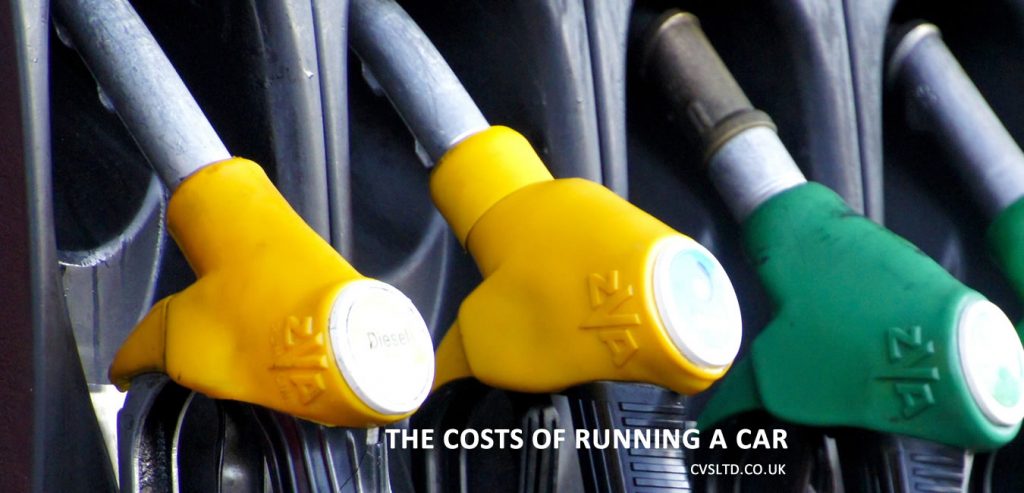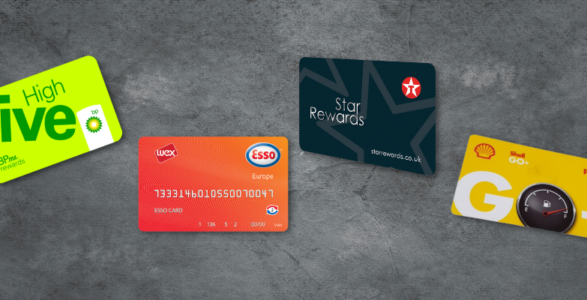The Costs of Running a Car

When you are working out the costs of getting your new or second hand car it’s easy to forget about the running costs. So this helpful guide will cover the standing charges and the running costs to help you budget your annual car expenses.
Standing Charges
Standing charges are those that you must pay even if you don’t use your car.
Car Tax
Car vehicle tax rates are based on either engine size or fuel type and CO2 emissions, depending on when the vehicle was registered.
Cars registered between 1 March 2001 and 31 March 2017
Car tax is based on the fuel type and amount of CO2 produced (based on official figures shown on the V5C registration document).
Cars registered on or after April 2017
The first year rate for a brand new car is based on CO2; but the standard rate is the same for all vehicles except those with zero emissions.
Pure electric vehicles with zero-emissions are exempt from tax if they cost less than £40,000 to buy when first listed.
You have to pay an extra £320 a year (regardless of emissions) if you have a car with a ‘list price’ (the published price before any discounts) of more than £40,000. You only have to pay this rate for 5 years (from the second time the vehicle is taxed).
MOT
The MOT is an annual test of vehicle safety, roadworthiness and emissions required of cars over three years old.
The cost of an MOT can vary, but all MOT Test Stations must display the maximum fees they can charge for each vehicle type which is set by law; for a car it is. £54.85. In addition to this charge for the test is the cost of any parts and labour to fix issues identified in the test.
The MOT test covers the following aspects:
- Exhaust & Emissions
- Seat Belts
- Steering
- Windscreen
- Bonnet Catch
- Horn
- Number plate
- Lights
- Brakes
- Tyres and Wheels
- Mirrors
- Doors
- Seats
- Suspension
- Fuel system
Read more: Don’t Forget Your MOT
Insurance
To get a car on the road, you have to get it insured. You can cut your running costs by choosing a car in a lower insurance group.
You have the choice between comprehensive cover, third party cover, and third party, fire and theft cover.
Third party insurance is the minimum but only provides basic cover – damage to other property or injury to others where you’re found to be at fault. Repairs to your vehicle, theft or damage by fire aren’t covered.
Third party fire and theft insurance gives the same basic cover, plus protection against loss or damage due to fire or theft.
Fully comprehensive includes cover for damage to your own vehicle and often includes other benefits, too. If you lease a car you will be required to take out fully comprehensive insurance.
The factors taken into consideration by insurers when calculating how much you should pay for your premium include:
- where you live and the crime rate there
- how many years no claims discount you have,
- whether you’d like additional drivers added to your policy,
- your claims experience
- any prior convictions (both for you and any additional drivers),
- the car insurance group[1] of your vehicle,
- your age
Read more: Getting the Best Insurance Deals
Running Costs
Running costs as the name suggests are the expenses you incur in using your car. If it remains on your drive and you walk instead you won’t incur any running costs, but the more you drive it the higher your running costs will be.
Fuel
Petrol or diesel costs are usually the biggest running cost especially if you regularly drive long distances.
Your fuel cost will depend on:
- the number of miles you drive
- whether you have petrol or diesel
- how efficient your car is
- your driving style
- the cost of the fuel at the pump
Read more: How to Cut Your Fuel Costs
Parking, Congestion and Toll Charges
Depending on where you drive you may not have any of these charges or very few. However if your regular commute is in a busy city where you rely on pay and display parking this could be a significant portion of your running costs.
Service
A service is not a legal requirement, but it is essential to follow manufacturer’s guidelines to maintain efficiency and fix issues before they become big and expensive problems, and to limit any unexpected repairs in the future.
If you do get your car serviced each year, this is another running cost you’ll have to budget for, along with the cost of any parts that may need replacing.
Read more: Everything You Need to Know About Servicing Your Car
Breakdown Cover
You don’t have to have breakdown cover, but it does give peace of mind and could save you significant costs if you breakdown without it.
Read more: Breakdown Cover Explained
Compass Vehicle Services Ltd offer: nationwide car leasing – bad credit car finance – used car deals – personal leasing – business car leasing – best car lease deals – non-status car leasing
Back to all help and advice articles



